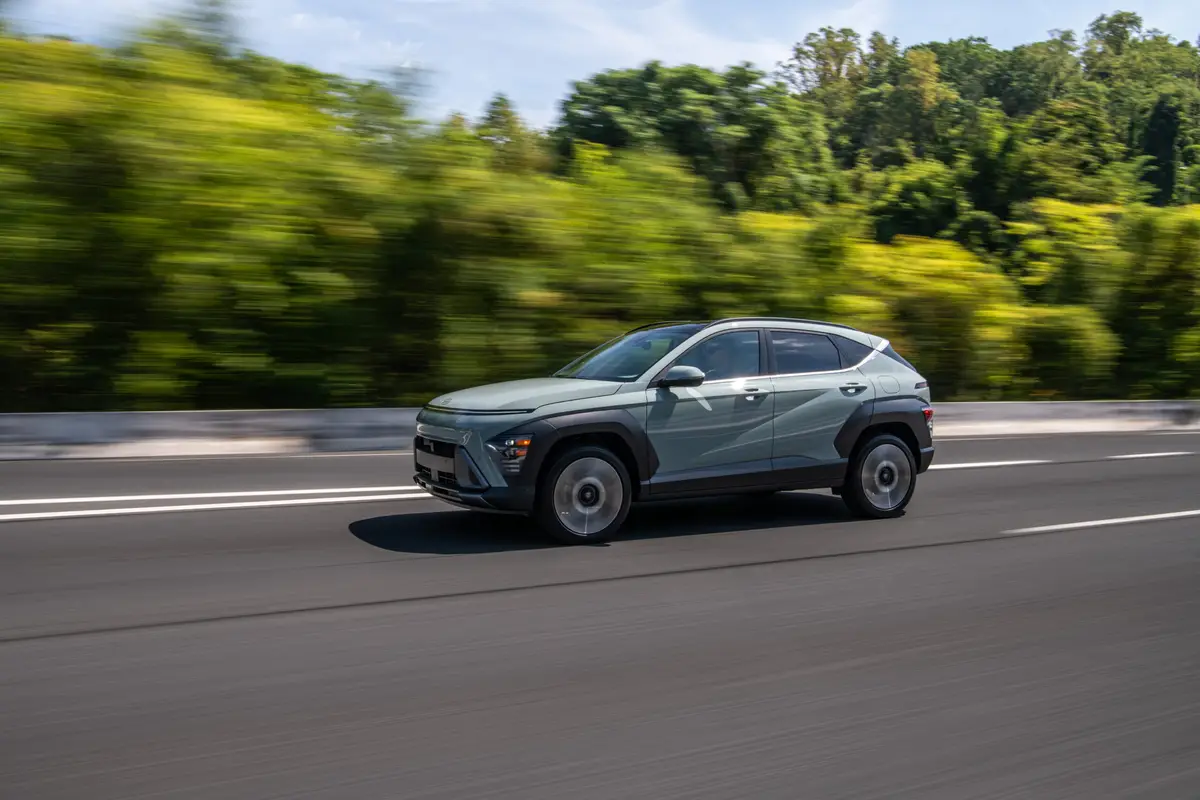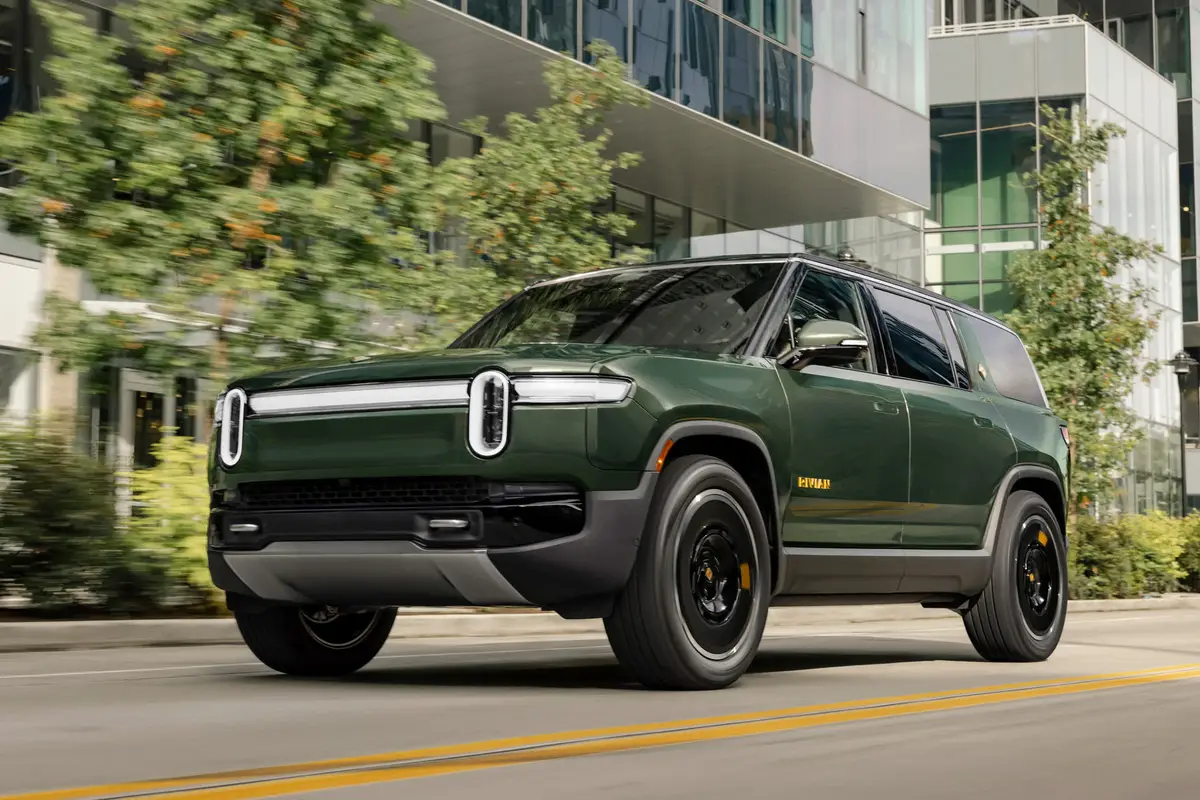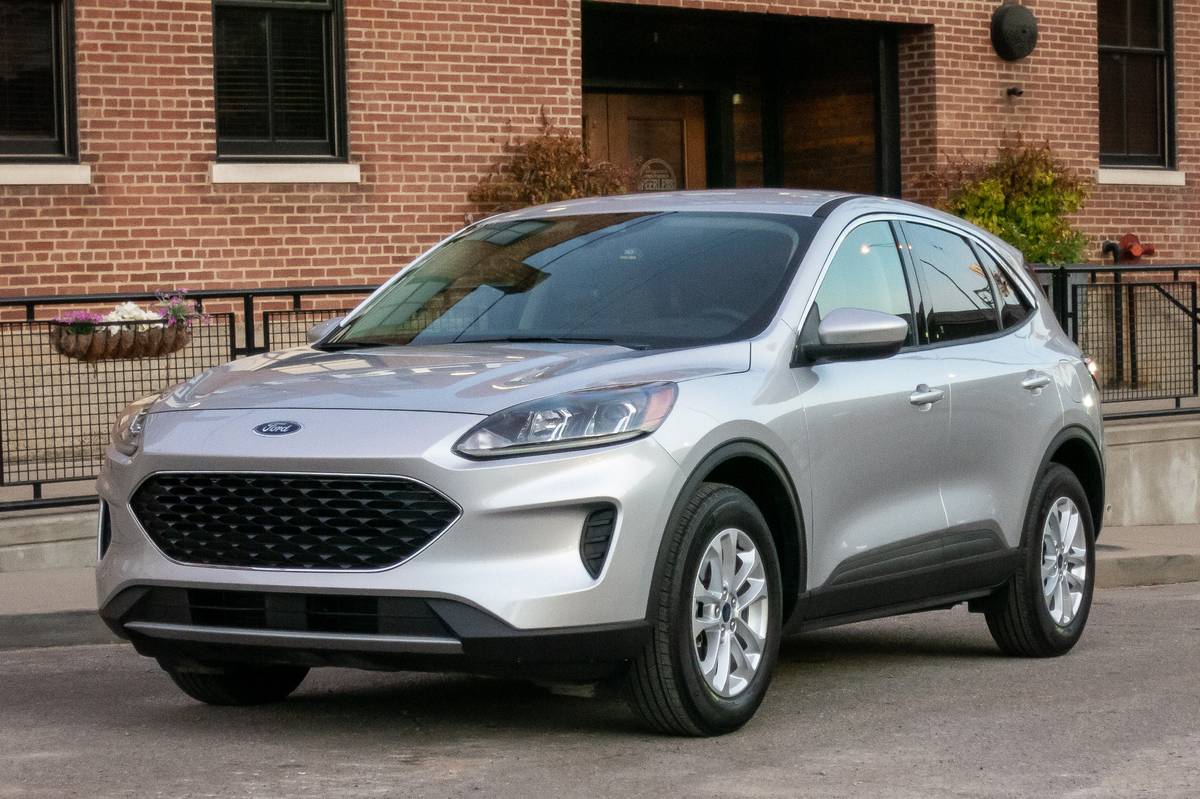washingtonpost.com's view
RICHMOND — The car is a stylistic dud — one of those aggressively inoffensive things meant to please a mass audience. It is the 1997 Toyota Camry LE sedan, the Crown Prince of Vanilla.
That’s one of the few bad things I can say about the new Camry. What it lacks in looks — and it lacks much — it has in performance and build quality.
It is the tightest, rightest, affordable family sedan I’ve driven. It even took the hassle out of driving along Interstate 95, which is saying a lot.
There is little good about that road, especially the 90-mile span between Washington and this somnolent capital of the Old Confederacy. It is a congested, construction-blocked thoroughfare that seems to attract hostile motorists.
Lanes don’t matter on I-95. Nor does speed. There’s always someone going faster than you, always someone tailgating or cutting you off. It’s a nerve-racking experience, especially in a car incapable of handling the pressure — which, fortunately, is not the case with the 1997 Camry LE.
The car slipped through traffic, nimbly avoiding obstacles caused by road construction and driver incompetence. Its suspension system, enhanced by anti-vibration sub-frames front and rear, took the brutality out of I-95’s potholes, cracks, bumps, ruffles and ridges.
It ain’t pretty, but I could learn to love a car like the Camry LE. What the heck? Sometimes, love means closing your eyes.
Background: The 1997 Camry is the fourth generation of a family car introduced by Toyota in 1983. It’s never been much of a looker, but it’s always been a winner in its market segment.
There are two good reasons to believe the new Camry will continue that favorable trend. One, Toyota knows more about American family values than most American politicians. Two, what the politicians promise, Toyota delivers.
For example, you want a tax cut? How about a price cut? Toyota is offering a substantially improved Camry at a lower cost (on the base 1997 Camry CE)than the comparable 1996 car. That’s because Toyota had the guts to do what politicians can’t or won’t — cut costs, in this case, by eliminating the Camry coupe and station wagon and concentrating its resources on building a better Camry sedan.
Here’s what you get in the new front-wheel-drive, five-passenger Camry: a car that’s slightly larger than its predecessor because it rides on a wheelbase stretched two inches longer; a car that weighs less by 33 pounds, largely because of the use of more lightweight metals; a tighter, safer car featuring 5-mph bumpers and energy-absorbing crumple zones front and rear, standard anti-lock brakes on all new Camry cars except the base CE, a wider availability of traction-control systems, and improved side-impact barrier protection.
The new Camry is available in three trim levels: base CE, more upscale LE and the luxury XLE.
The base car is equipped with a 2.2-liter, twin-cam, 16-valve, inline four-cylinder engine rated at 133 horsepower at 5,400 rpm with torque rated 147 pound-feet at 4,400 rpm. The upscale Camry models get a three-liter, three-cam, 24-valve V-6 rated at 194 horsepower at 5,200 rpm, with torque rated 209 pound-feet at 4,400 rpm.
Four-cylinder models get 14-inch diameter tires; V-6 models get 15-inch rubber. A five-speed manual transmission is standard on four-cylinder and V-6 models. An electronically controlled, four-speed automatic is optional.
1997 Toyota Camry LE
Complaint: Toyota’s designers should rethink their notion of “sporty.” This new Camry ain’t it.
Praise: Superior overall construction and family car performance.
Head-turning quotient: Zip. Fades into traffic.
Ride, acceleration and handling: Triple aces in the tested V-6 Camry LE with automatic transmission. Excellent braking.
Mileage: About 25 mpg (18.5-gallon tank, estimated 450-mile range on usable volume of regular unleaded gasoline), running mostly highway with two occupants and light cargo.
Sound system: Six-speaker AM/FM stereo radio and cassette with dash-mounted, single-disc CD. Toyota Premium system. Very good.
Price: Base price on the tested Camry LE V-6 is $22,168. Estimated dealer’s invoice price on base model is $20,800. Price as tested is $24,982, including $2,394 in options (power tilt/slide sunroof, aluminum alloy wheels among them) and a $420 destination charge.
Purse-strings note: The Camry is good, but it’s surrounded by worthy competitors, including the Honda Accord, Chevrolet Malibu, Mazda 626, Ford Taurus/Mercury Sable, Mitsubishi Galant, Chrysler Concorde/Dodge Intrepid/Eagle Vision, Nissan Maxima, Oldsmobile Eighty-Eight, Buick LeSabre, and, hey, the Hyundai Sonata. Seriously, the Sonata. More on that later.
Latest news



